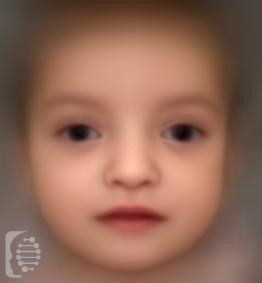What is Wolf-Hirschhorn syndrome?
Wolf-Hirschhorn syndrome is a very rare genetic disorder that presents with very distinct facial characteristics.
Features of this rare disease also include a wide range of health conditions that affect different parts of the body, including delayed physical growth.
As a rare chromosomal deletion syndrome, the severity of symptoms may vary according to the size of the chromosomal deletion.
Syndrome Synonyms:
Chromosome 4p16.3 Deletion Syndrome; Pitt Syndrome; Pitt-Rogers-Danks Syndrome; PRDS; Pitt-Rogers-Danks syndrome; PRDS Wittwer Syndrome
What gene change causes Wolf-Hirschhorn syndrome?
The syndrome occurs due to a missing piece of the short arm of chromosome 4.
Individuals may present with mild to more severe symptoms of the disorder depending on how much of a piece is missing from the chromosome.
In the vast majority of cases, the syndrome is not inherited. In some cases, a genetic syndrome may be the result of a de-novo mutation and the first case in a family. In this case, this is a new gene mutation which occurs during the reproductive process.
What are the main symptoms of Wolf-Hirschhorn syndrome?
The main symptoms of the syndrome are delayed development and intellectual disability.
Feeding problems, which become severe and require a feeding tube are also common. Individuals may be affected by gastrointestinal issues and never gain bladder and bowel control.
Many individuals with the syndrome are also affected by heart defects and seizures.
Physical features of the syndrome include prominent, wide-set eyes, a broad or beaked nose, with a “Greek warrior helmet” appearance, prominent glabella, high forehead, small head, arched eyebrows, short upper lip, low-set and malformed ears (micrognathia) and low muscle tone.
How is it diagnosed?
To find out if someone has a diagnosis of Wolf-Hirschhorn syndrome, it is important to have a consultation and evaluation with a clinical genetic specialist. Specialists may also suggest specific genetic testing or other types of tests to help reach a diagnosis. FDNA’s AI technology can help speed up the diagnostic process by analyzing facial features and other health information.

